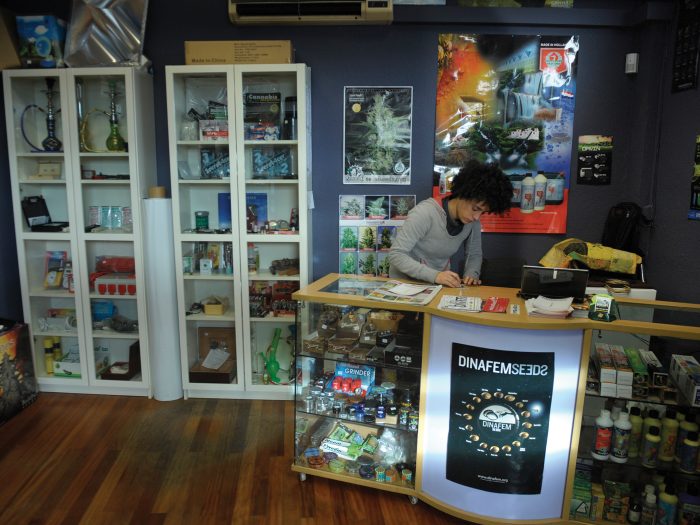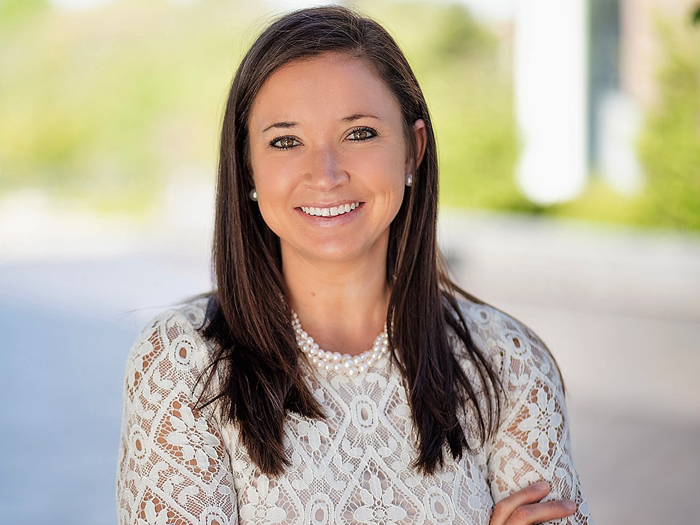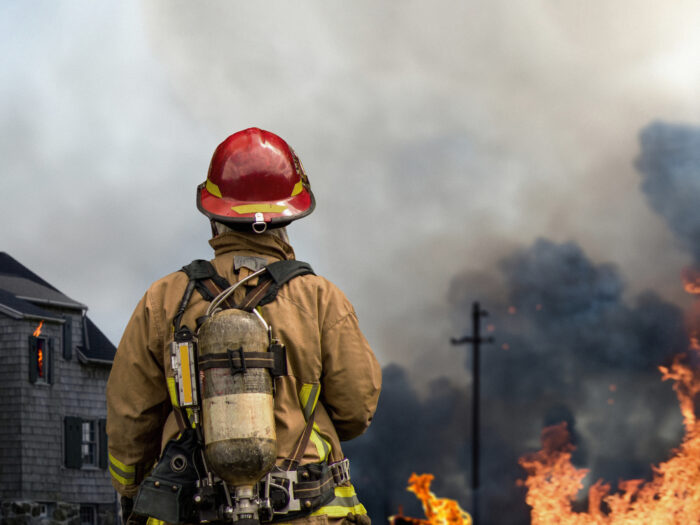These 3 Risks Provide the Blueprint for Innovation in Captives

Traditionally, captives have been used to fill a much-needed gap in the insurance market, where it’s hard to get coverage. But because of the sudden withdrawal of some major carriers and a spike in rates for lines such as commercial auto, workers’ compensation and director’s & officer’s (D&O), the need has never been greater.
As well as exploiting opportunities in these markets, captives are also increasingly being used to cover emerging risks like cyber and cannabis. Here are some of the main areas where captives are making a difference in the insurance market.
1) The Cannabis Conundrum
Estimated to be worth $20 billion by 2025 and employing tens of thousands of people, the cannabis industry is big business. But that’s just the tip of the iceberg; with 33 states legalizing marijuana for medicinal use and 11 states making it legitimate for recreational use, the scope for growth is huge.
However, there are many problems: Cannabis is still illegal under Federal law, and producers face a host of tough safety and regulatory measures, not to mention a lack of historical loss data. That has resulted in a scarcity or prohibitively high costs of traditional insurance market coverage.
That’s where captives, or more specifically, closely held captives, come in, providing coverage for everything from crop, product liability and property, to armored car insurance. And because of their strong capital position, risk appetite and entrepreneurial spirit, cannabis companies are a good fit for captives.
Matthew Queen, general counsel, CCO, Venture Captive Management, said captive managers were starting to look at providing coverage for the cannabis industry, especially since the legalization of hemp. He added that as the number of lawsuits continued to increase, so carriers would raise rates, opening up further opportunities for captives.
“I have had a lot of enquiries about sophisticated insurance products, particularly from association and group captive managers who are exploring the use of captives for primary crop insurance, as well as product liability coverages,” he said.

Matthew Queen, general counsel, CCO, Venture Captive Management
“I wouldn’t be surprised if we start to see risk retention groups in the cannabis space within the next couple of years.”
Patrick Ferguson, senior vice president at Marsh Captive Solutions, said that one of the biggest areas of interest from cannabis companies was in using captives to write D&O because of the prohibitive cost of traditional insurance. Another line for which captives have a wide application is crop insurance, he added.
“A lot of cannabis companies are trying to get their head around crop insurance,” he said. “It’s a unique risk but one for which captives can play a big role.”
While some states appear to have softened their stance on cannabis, others such as Vermont are still reluctant to adopt it because of its illegality. And even if it does become law, the chances are traditional carriers will be ready to step into that space.
“It may be legal in Vermont but it remains a Schedule 1 substance, so you still have interstate banking issues,” said Dave Provost, deputy commissioner at Vermont’s Captive Insurance Division.
“I’m sure you could do a captive that didn’t cross state lines, but if you were trying to do a risk retention group or the like, I just don’t see it being worth the risk to Vermont as a state.”
2) Cyber Challenges
Another booming area for captives is cyber, with premium growth accelerating by 263% in the last year alone, spurred by greater investment in digital transformation and more costly cyber attacks such as Sony and Target, according to a recent Aon survey. Aon also expects the number of captives retaining cyber risk to rise to 34% by 2024.
The biggest uptake of cyber has been by the health care sector, the survey found. Cyber coverage provided by a captive is also increasingly likely to include protection for certain areas that you can find elsewhere, said Aon.
Jason Flaxbeard, executive managing director at Beecher Carlson, said the biggest emerging risk companies are currently looking at is using captives to cover reputational damage caused by a cyber event that may not be included in a traditional policy. That is then backed up by reinsurance, he added.
“We are talking about the interaction between reputational harm and reinsurance as part of the captive offering,” he said.
“So should a cyber event occur, the captive will cover not just the fixed cost such as fines and penalties but will also be able to access contingent reinsurance.”
One of the problems with using captives to write cyber, however, remains being able to quantify the risk and price accurately because of a lack of historical claims data. To overcome this, many captive managers have been looking to commercial ratings as a benchmark.
“One key concern is the access to the post-event crisis management function that the major carriers provide to clients as a component of this coverage,” said Robert Leadbetter, senior vice president at USA Risk Group.
“Clients don’t want to go it alone so are more focused on providing a layer of coverage perhaps above their commercial coverage or a thin layer below in the form of a deductible or a self-insured retention to preserve that benefit of crisis management support.”
3) Workers’ Comp and Other Gaps to Fill
Other areas where captives have been successfully deployed have been in commercial auto, workers’ comp and D&O. With more vehicles on the road resulting in an increase in accidents and claims, rates have spiked and many insurers have pulled out of commercial auto, prompting trucking firms and companies with large vehicle fleets to turn to captives to spread their risks and reduce insurance costs.

Jason Flaxbeard, executive managing director, Beecher Carlson
Captive surplus is also increasingly being used to fund safety initiatives such as telematics and cameras in trucks to better control claims. Added to that are new programs offering the full cross-section of lines ranging from workers’ comp and employee benefits to auto liability, the latest of which is the California Trucking Association’s Trucking Proud Insurance Agency.
Several high-profile lawsuits and securities class actions in the last two years, including the Boeing plane crashes and the #MeToo movement, have also driven up D&O rates by as much as 50% and drastically reduced limits. As a result, captives have stepped up to fill that capacity gap.
Adam Forstot, vice president — business development, North America at Artex, said captives are increasingly being used to fund excess layers and access reinsurance in commercial auto. Larger organizations are also using single parent risk retention groups (RRG) to provide coverage, he added.
“This sounds a bit contradictory, but a properly structured organization can form an RRG for their controlled affiliated fleet,” he said. “This concept can be advantageous by allowing a company to gain more control over claims, improve collateral terms and satisfy regulatory filing requirements without the need for fronting.”
Alison Calder, underwriting manager for captives at Liberty Mutual, said that rather than simply using a captive innovatively for a particular line, companies needed to take more of a holistic long-term strategic approach. And by managing the underwriting cycle, captives can be used to take on more risk in a hard market and provide coverage where it’s hard to obtain such as environmental impairment liability, political risk and medical professional liability, she said.
“Forming an insurance subsidiary such as a captive takes time and money, so you need to consider all the upfront administrative burdens and then capitalize it in accordance with regulatory requirements, so it’s definitely a long-term view,” she said. “It is not one particular coverage that’s difficult to place at one point in time — it’s far bigger than that.”
Flaxbeard added: “The bottom line is that captives are increasingly becoming, in effect, standalone insurance companies. No longer are they used simply to finance risk — more so they are used to mitigate and finance risk and understand what’s driving that risk.” &











